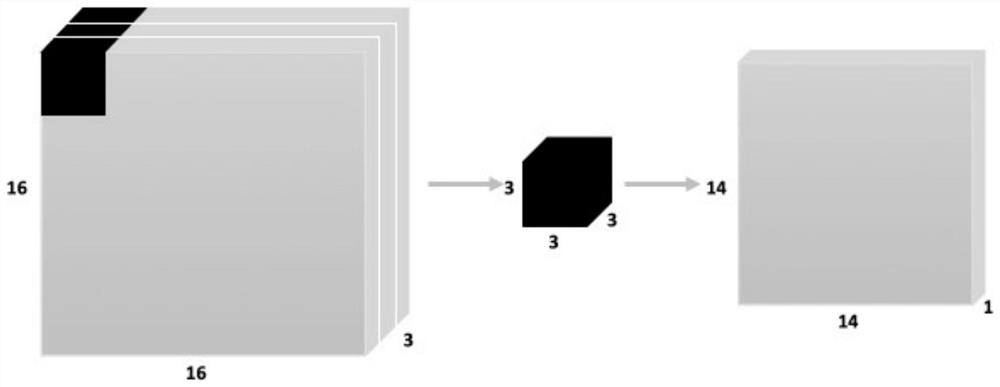A method of identifying communication signal based on deep hybrid routing network
A hybrid routing and network recognition technology, which is applied in the direction of data exchange network, character and pattern recognition, biological neural network model, etc., can solve the problems of lack of in-depth recognition methods, and achieve the effect of improving classification ability, reducing the number of parameters and enhancing performance
- Summary
- Abstract
- Description
- Claims
- Application Information
AI Technical Summary
Problems solved by technology
Method used
Image
Examples
Embodiment 1
[0064] A method for identifying communication signals based on a deep hybrid routing network, the method comprising the following steps:
[0065] S1: Obtain signal data and extract corresponding signal features;
[0066] S2: Design a hybrid routing network model, which is based on the CNN neural network, adding multiple routing units, and combining each unit through a cross-layer connection network to design more than one hybrid multi-routing network model;
[0067] S3: use the signal data obtained by S1 to train the network model of S2, and select the network model of the hybrid multi-routing unit according to the training effect;
[0068] S4: Using the hybrid multi-routing network model obtained in S3 to identify the signal data, and finally output the identification result.
[0069] One-dimensional convolution in the form of CNN network is suitable for NLU, while two-dimensional convolution and three-dimensional convolution have broader applications in CV. Two-dimensional...
Embodiment 2
[0095] Example 2: Taking underwater acoustic communication signals as an example to specifically verify the effectiveness of this method
[0096] The underwater wireless communication process is mainly affected by the underwater environment. The main influencing factors are multipath in the underwater acoustic channel, Doppler effect, more time delay and additive white Gaussian noise (AWGN) . channel can be expressed as Figure 7 , the signal form at the receiving end is as follows:
[0097]
[0098] where s(t) is the transmitted signal, h(t, δ) is the channel impulse response with multipath, Doppler effect and time delay, n(t) is the AWGN, e i (t) is the attenuation of the i-th path, Indicates signal convolution, δ i (t) is the i-th path delay, I is the total number of multipath signals, and similar Doppler scaling factors are set in all paths. The transmitted signal can be an analog signal or a digital signal.
[0099] The method provided in Example 1 and the multi...
PUM
 Login to View More
Login to View More Abstract
Description
Claims
Application Information
 Login to View More
Login to View More - R&D
- Intellectual Property
- Life Sciences
- Materials
- Tech Scout
- Unparalleled Data Quality
- Higher Quality Content
- 60% Fewer Hallucinations
Browse by: Latest US Patents, China's latest patents, Technical Efficacy Thesaurus, Application Domain, Technology Topic, Popular Technical Reports.
© 2025 PatSnap. All rights reserved.Legal|Privacy policy|Modern Slavery Act Transparency Statement|Sitemap|About US| Contact US: help@patsnap.com



